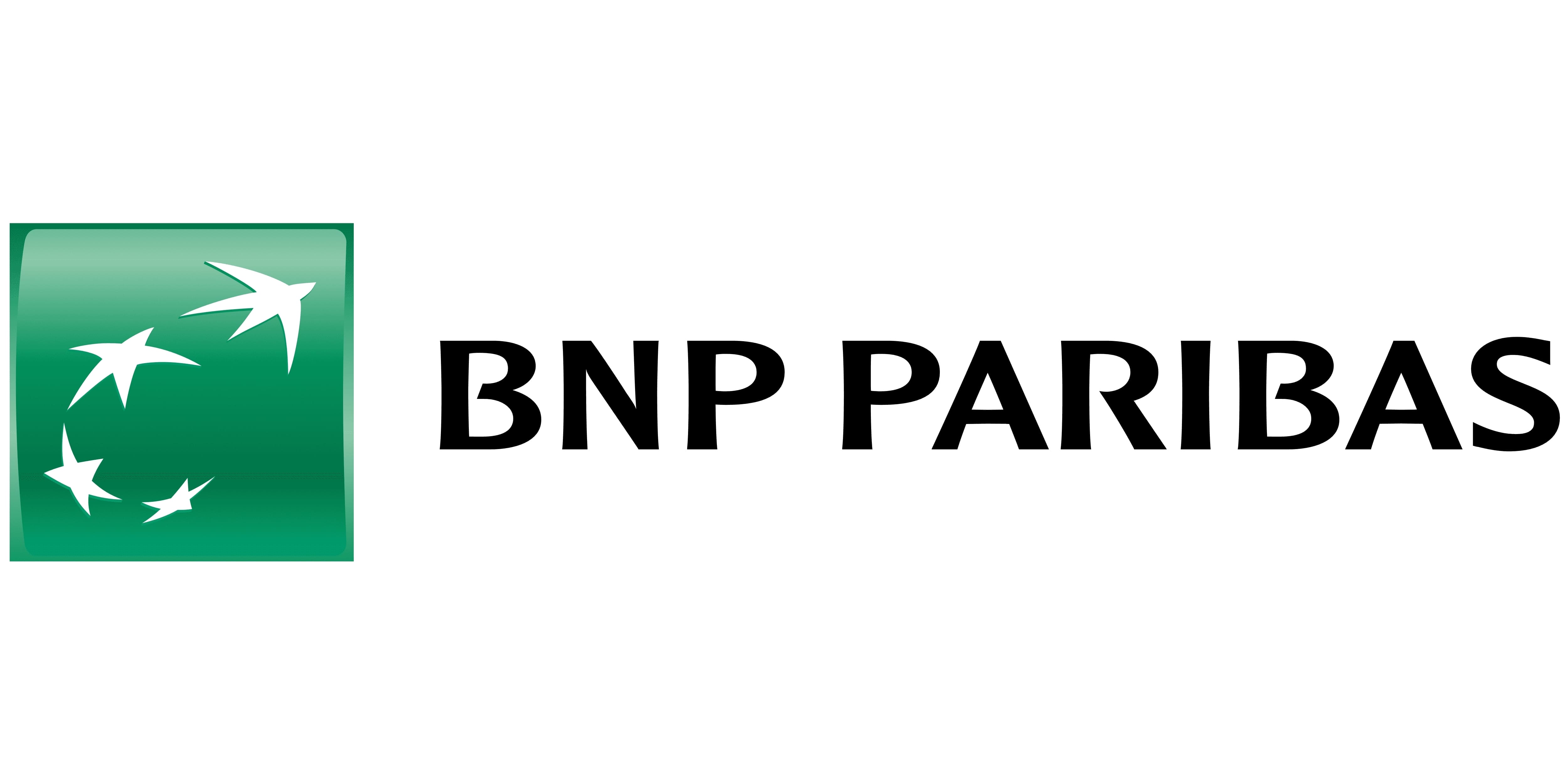The prospect of a spike in failed trades looms large as the European Union weighs up moving to T+1 settlement, however, following the US will be crucial if the block wants to remain competitive from a capital markets perspective.
Last week, the European Securities and Markets Authority (ESMA) issued a call for evidence to consult on shortening the settlement cycle across equities, fixed income and ETFs.
Europe’s regulator is seeking stakeholder feedback on the impact of moving from the current T+2 to T+1 settlement in order to replicate the US regulator’s plans to move to a T+1 cycle by May 2024.
The current T+2 cycle, which requires all transactions executed on trading venues to be settled in two business days, was introduced first in Europe in the 2014 Central Securities Depositary Regime (CSDR).
The US, which first followed Europe to T+2 settlement in 2017, is now leading the way in a move designed to reduce credit, market and liquidity risks.
“Due to recent developments, the question of shortening the securities settlement cycle has emerged,” ESMA said.
“ESMA is seeking to collect stakeholders’ views supported by quantitative evidence to form a better understanding of the issue and produce an assessment of the costs and benefits linked to the harmonised shortening of the securities settlement cycle in the EU.”
ETF Stream has been hesitant about the potential impact of a move to T+1 settlement, especially for the UCITS ETF market which already suffers from higher settlement delays.
This is primarily due to the impact of level three of CSDR which came into effect in February 2022 and implements fines for market participants that fail to settle on time.
“The big danger is that moving to T+1 risks increasing the number of settlement fails, producing more inefficiency in Europe’s markets,” Camille Papillard, head of financial intermediaries and corporates, EMEA, at BNP Paribas, said.
“That runs counter to the CSDR’s aim of making securities settlement in the EU safer and more efficient to improve the attractiveness of the bloc’s capital markets. Reconciling T+1 with CSDR’s objectives will take time and extensive review to ensure any approach works for everybody.”
Despite the challenges, especially given the fragmented nature of the region, Europe will be at a significant disadvantage compared to other global markets if it remains at T+2 settlement.
This is especially considering the UK is bullish on following the US with the Accelerated Settlement Taskforce set to make a decision by December 2024.
Optiver has called for cooperation between the EU, the UK and Switzerland to ensure Europe’s capital markets remain competitive versus the rest of the world.
“We argue that Europe should also make the move to T+1, particularly as it could put the region at a competitive disadvantage if it does not do so,” Optiver added.
Overall, a move to T+1 settlement is simply a stepping stone to T+0 and something the European market needs to adopt to remain competitive with other jurisdictions.
As Optiver said, there are a number of solutions to address the challenges faced by adopting T+1 settlement in a fragmented market, however, different settlement cycles across Europe would only exacerbate the issue.





